Our Genetic Testing Services
PGT-A (Pre-implantation Genetic Testing for Aneuploidy)
We can use PGT-A to test embryos and identify whether they have the correct number of chromosomes.
PGT-A is a process where we take a few cells from an embryo during an IVF treatment cycle and test them to see whether the embryo has the correct number of chromosomes to create a healthy pregnancy. If an embryo has too many or too few chromosomes (a condition called aneuploidy), it can seriously affect the chances of a healthy pregnancy.
One of the main reasons for recurrent miscarriage is that the embryo is not chromosomally healthy. It is not uncommon for human embryos to be aneuploid, so PGT-A effectively identifies the issue. We know that in women over the age of 40, for example, 90% of IVF embryos will be chromosomally abnormal. So the group of patients who benefit most from PGT-A is women with advancing maternal age and those who have had recurrent pregnancy losses.
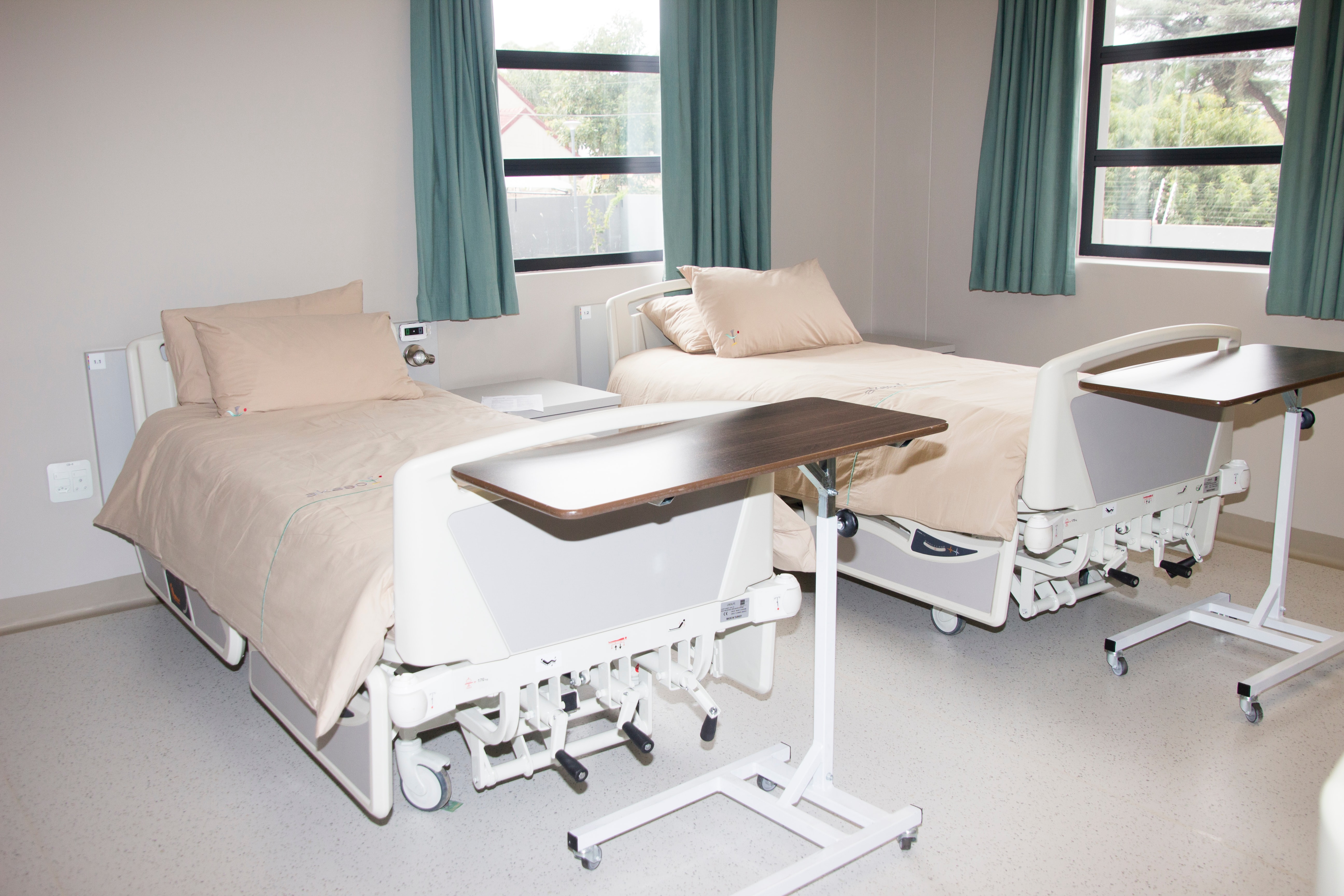
PGT-M (Pre-implantation Genetic Testing for monogenic/single gene defects)
PGT-M is used when a severe genetic disease could be passed from parent to child. This type of genetic testing is for couples with a known genetic condition, such as Cystic Fibrosis. It involves testing embryos created during an IVF treatment cycle and then transferring unaffected embryos.
PGT-M tests are created uniquely for each family. Therefore, PGT-M can be performed for nearly any single-gene disorder as long as the specific mutation has been identified and appropriate family members are available for test preparation.
PGT-SR
Pre-implantation Genetic Testing (PGT-SR) allows us to test the chromosomal structure of embryos before transfer. For people with a chromosome structural rearrangement, also called a translocation, PGT-SR (Preimplantation Genetic Testing for chromosomal structural rearrangements) can be performed to improve the chance of establishing a healthy pregnancy.
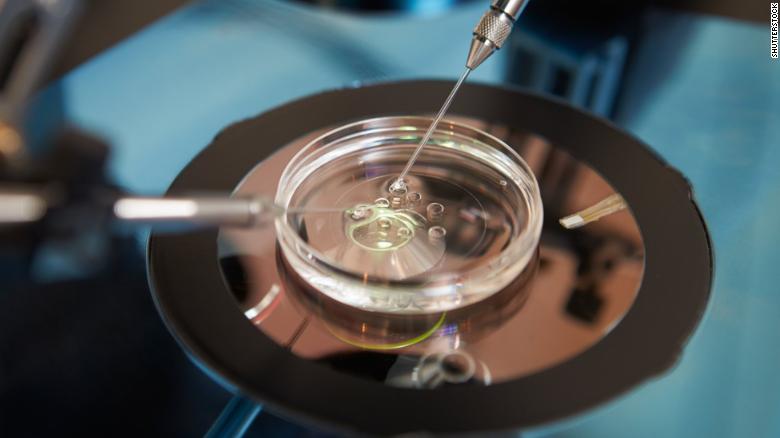
Chromosome rearrangements
Chromosomal rearrangements are changes from the normal size or arrangement of chromosomes, which are the structures that hold our genetic material. People with chromosome rearrangements are at an increased risk of producing embryos with incorrect genetic material, which typically do not lead to a successful pregnancy.
The different types of chromosomes rearrangements
• Translocations: in which segments of two chromosomes break off and change places
• Inversions: in which a segment of a chromosome has reversed orientation
• Deletions: in which a segment of a chromosome is missing
• Duplication: in which there is an extra segment of a chromosome
• Insertion: where a segment of a chromosome has been inserted into the incorrect location
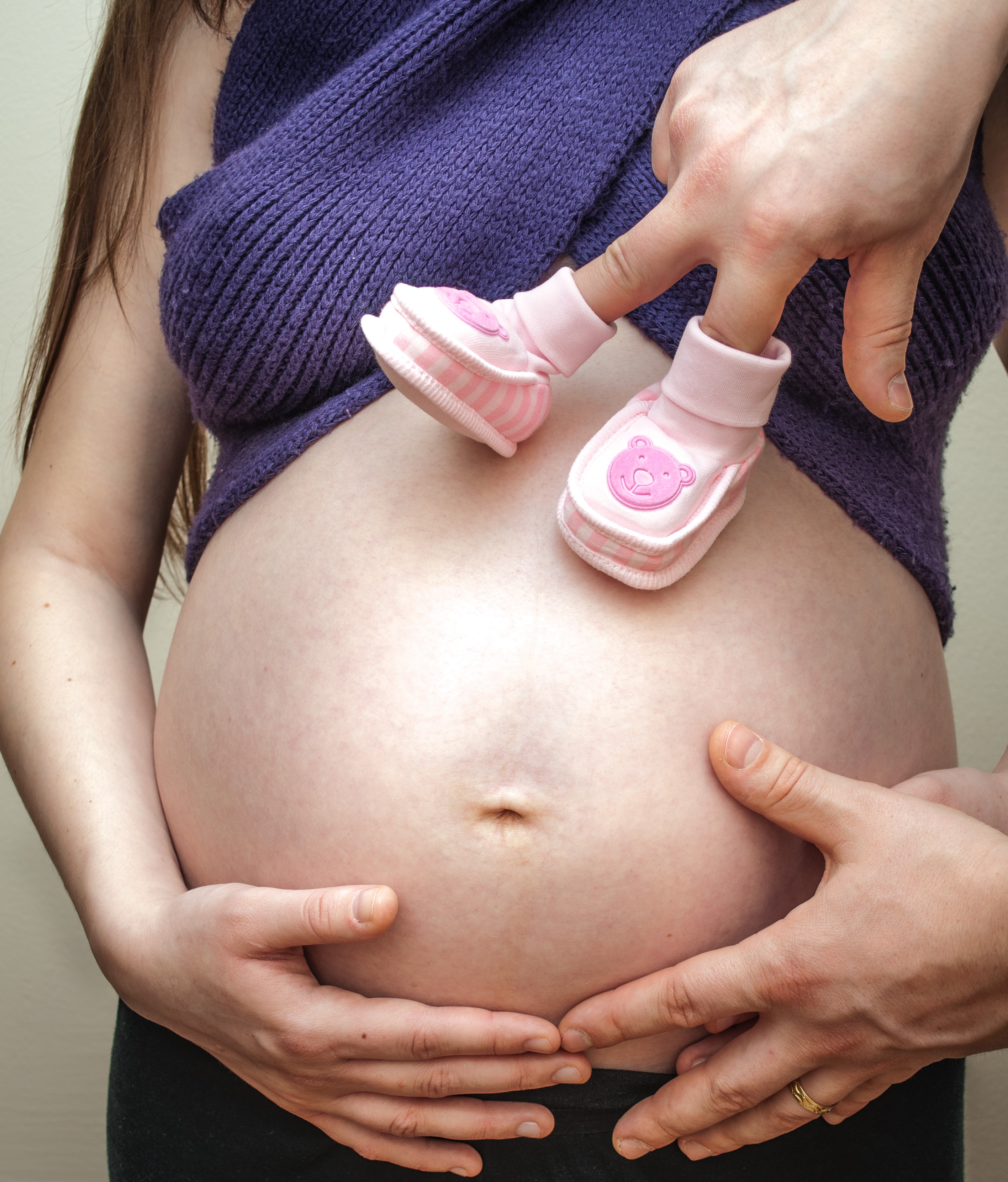




.jpg)
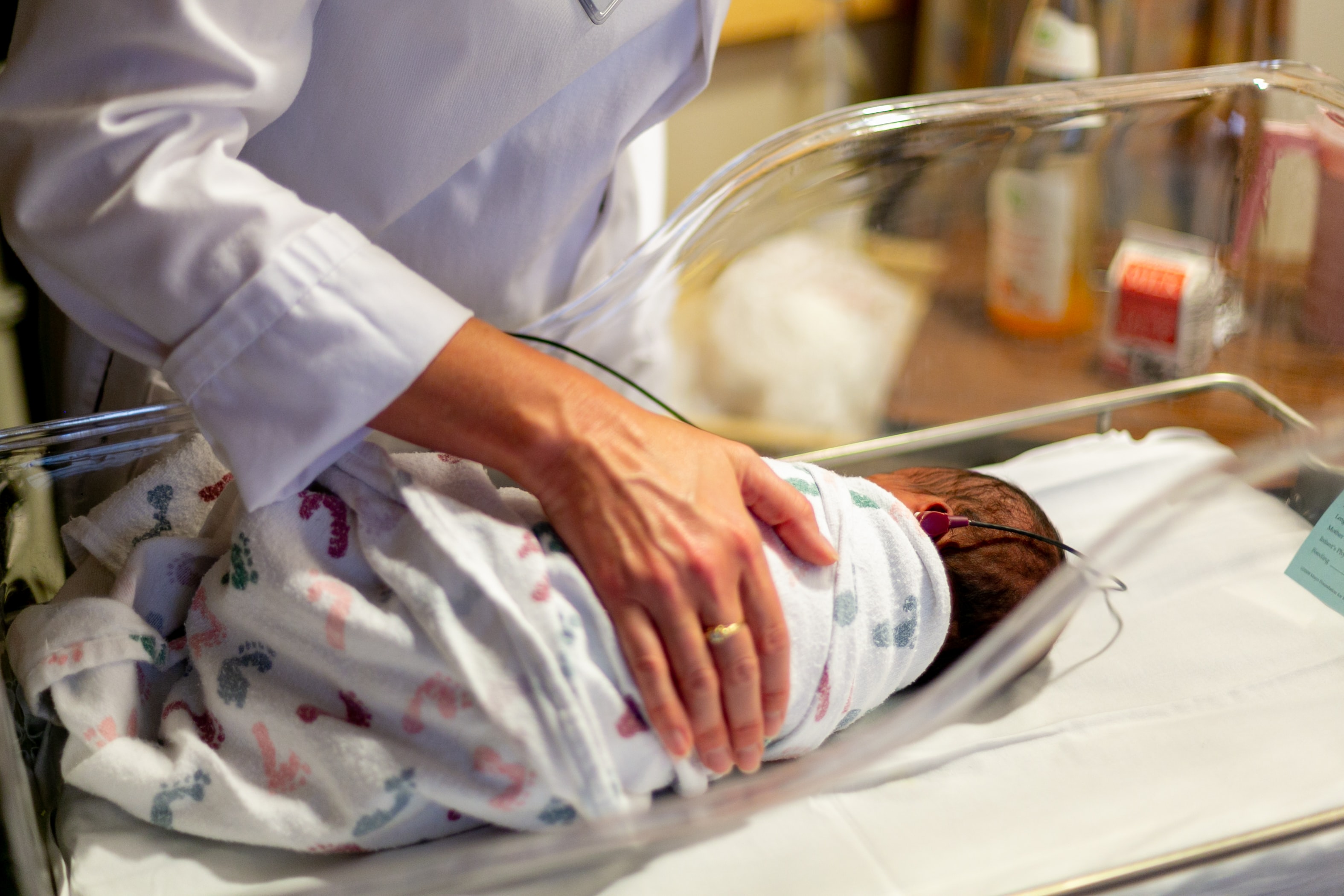

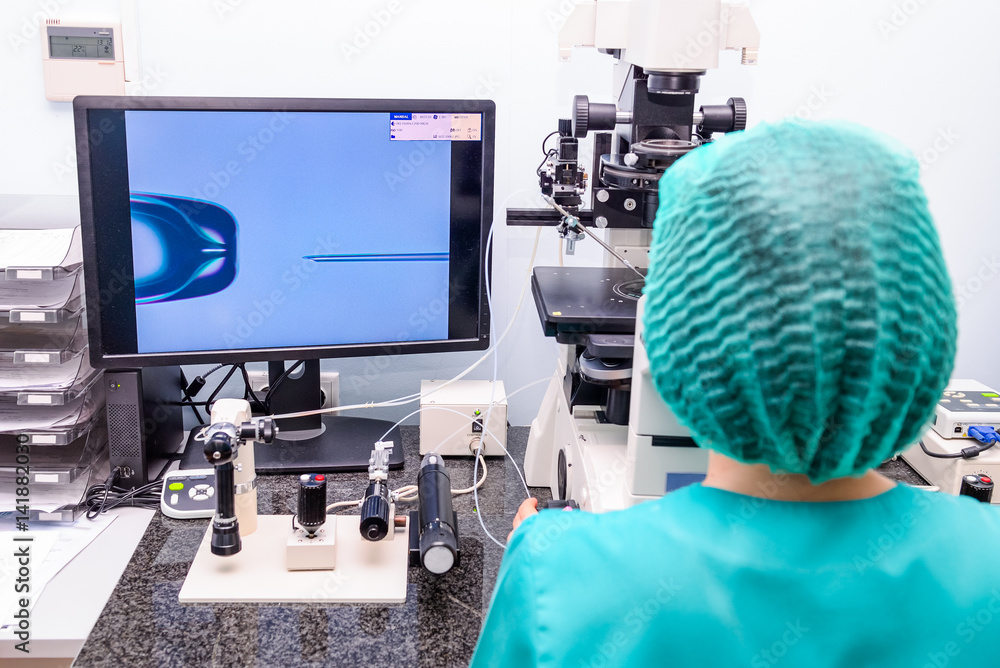


.jpg)

